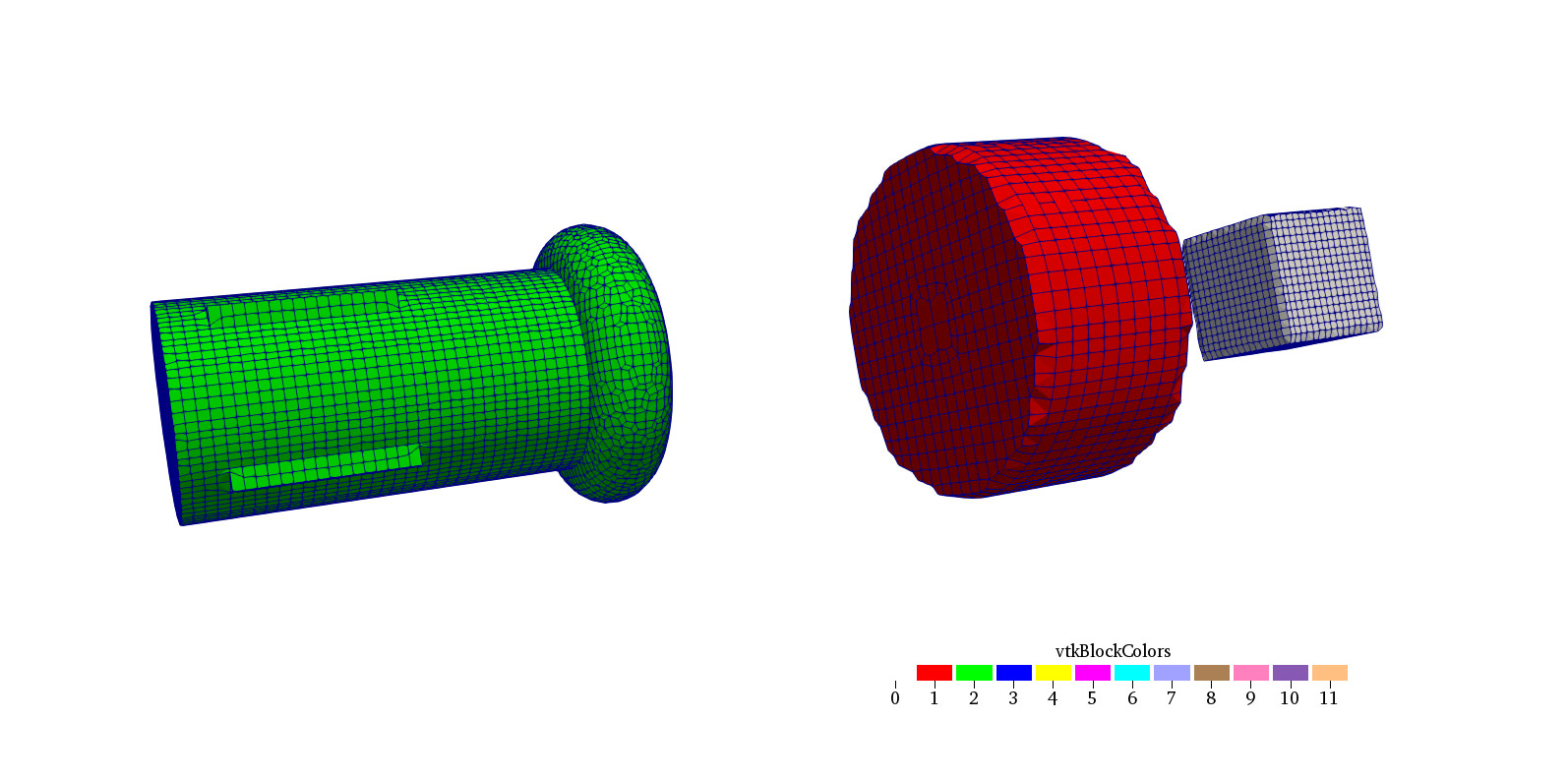Cell Zone Generation
snappyHexMesh, meshing, cell zone generation, feature edges
Particular regions in a mesh could require unique properties such as the modeling of porosities or source terms. Therefore, cell zones have to be used in OpenFOAM®. Tobias shows in this tutorial how snappyHexMesh can be used to define such zones during the meshing stage directly. Based on the snappyHexMeshDict set-up, different quality levels regarding refinement and zone representation can be achieved. Especially the influence of the »featureEdge« feature is demonstrated in the training case. In the snappyHexMesh dictionary different cell zones are set to be created inside the mesh. The correct approximation of the shape design can be relevant in some investigations.



Published under the GNU General Public License 3
Over the last ten years, Tobias tried to publish a wide range of different materials related to OpenFOAM® and CFD. You know it much better than he does if the content is worth to be supported. If you want to thank Tobias for the work he did, feel free to tell the community your opinion about the work Tobias Holzmann is doing or you can email your thoughts directly to »
Support the work of Tobias Holzmann
The available OpenFOAM® training cases are tested and built for different OpenFOAM® versions (not distributions) on a Linux machine. During the tests, only the OpenFOAM Foundation version of OpenFOAM® was used. Furthermore, the following software packages are required for most of the training cases: Salome®, ParaView®, and for optimization tasks, one also needs the open-source software DAKOTA®. The OpenFOAM® cases might work with the ESI version of OpenFOAM® but it is not supported. For the OpenFOAM® extend project, the training cases will probably not work as the code diverged too much. Additionally, there is no support for Windows-based and MAC-based OpenFOAM® versions.
This offering is not approved or endorsed by OpenCFD Limited, producer and distributor of the OpenFOAM software via www.openfoam.com, and owner of the OPENFOAM® and OpenCFD® trade marks
Share the work on Your social network
Tobias would be grateful if you share his work on your social network in order to keep the OpenFOAM® community up to date. Furthermore, sharing the work will avoid that people investigate into topics, that are already prepared for your study such as the examples provided by Tobias Holzmann.


